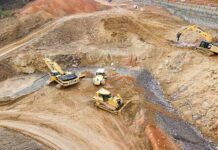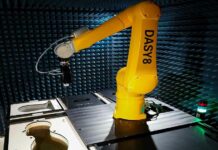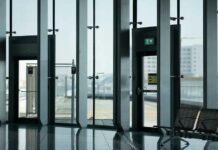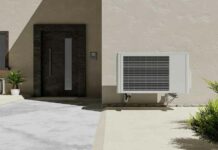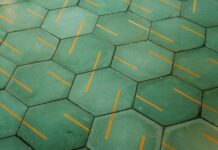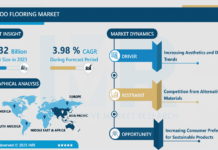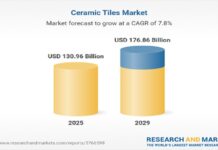SABIC has inaugurated its iconic building in the Saudi industrial city of Jubail, keeping pace with mega development projects contributing to strengthening the kingdom’s global position as a major player in the fields of investment, economy, and business.
Built on a total land area of 66,000m2, the building has a built-up area of 254,000m2, accommodating more than 3,600 employees. It was built using SABIC steel, and 77% of the building’s purchases for mechanical, electrical and finishing work were made locally.
The design of the building is inspired by SABIC’s core values: inspire, engage, create and deliver and derived from the pattern of a crystal, expressing the nature of SABIC’s work where various elements harmonize in one fabric. It reflects SABIC’s 45-year journey of innovation and sustainability through investments in human capabilities, knowledge, and expertise.
The building is LEED Gold certified for its smart solutions in resource management and energy efficiency. It uses more than 1,500 solar panels enhanced by wind energy technology to generate the entire energy used in lighting the recreation centre and the parking lots.
It successfully achieves a total reduction in carbon dioxide emissions by 11,642 tons, making it the first building to achieve carbon neutrality in Jubail in line with SABIC’s sustainability strategy to achieve carbon neutrality in all its operations by 2050.
Improving work environment
The huge complex, which houses a 24-storey tower, two 15-floor and 13-floor office blocks, a data centre, an auditorium, etc., has been equipped with necessary amenities to improve the work environment for employees. It has open workspaces and areas for learning, training and discussions that can accommodate more than 1,500 people.
In addition, the building has a recreation club that provides services for male and female employees and a nursery for children. The facilities include a two-floor cafeteria that accommodates up to 1,500 employees, along with 45 refreshment corners distributed in the various sections.
The building and its external spaces were designed to reflect integration with the surrounding environment. It plays a role in improving the quality of life and serving the community in the region.
To this end, the building has no isolating walls, providing an open visual space through which the various parts of the building can be seen from the outside. There is a garden attached to the building that includes a walkway. The outer section houses a number of commercial facilities, which serve the employees and the community.
A seashell-shaped mosque sits prominently on the outer premises. Named after Ghazi Al-Gosaibi, the mosque has the capacity to accommodate 1,000 worshippers. It has five minarets representing the five pillars of Islam. Its column-free construction uses a state-of-the-art shell structure. The mosque’s white colour signifies peace.
Technology and advanced data systems
The SABIC Jubail building connects the company’s global sites by adopting the latest technologies, including advanced data systems as well as environmental and operational excellence systems. It encompasses 321,000 system assets, including safety, management, electricity, information technology, security and mechanical systems. It is also certified by Uptime Institute (UTI), a global institution specialising in the quality of data centres.
An app called SABICOne facilitates easy navigate inside the building by helping visitors and employees find their way to various areas and facilities.
It allows employees to book the gym, reserve meeting rooms, take an appointment with a doctor in the clinic, view and review healthy and delicious meals provided daily, find colleagues and team contacts, and view events and upcoming activities related to the building.
The new building reflects SABIC’s role in enabling transformation, enhancing the competitiveness of the national economy, and supporting the elements of comprehensive industrial development in line with Saudi Vision 2030. It exemplifies SABIC’s innovation excellence and commitment to sustainability.







